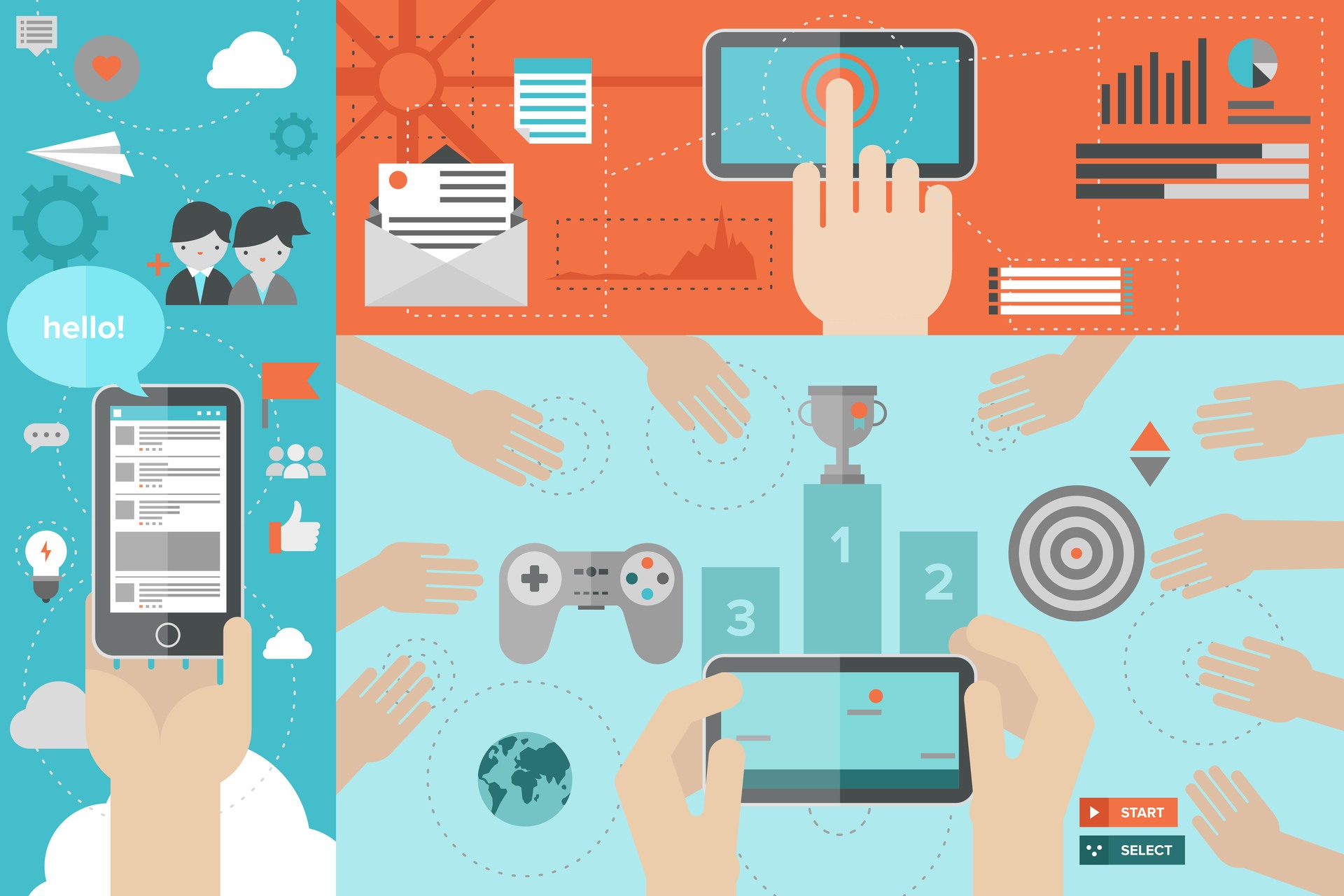Are Serious Games And Gamification The Same? 4 Differences That Set Them Apart
For many years now, businesses have been looking for ways to make corporate training more fun and engaging for their employees. eLearning has greatly helped them in this process, as it adds a welcome level of flexibility, interactivity, and variety to the once-dull corporate training materials. How do you bring the benefits of eLearning to your company's employee training strategy, you ask? There are many techniques you can implement, but this article explores serious games, an eLearning technique that leverages games to promote learning. In the following sections, you will learn what they are and explore the differences between serious games and gamification, a common misconception in the field of eLearning.
What Are Serious Games?
When introduced to the concept of game-assisted learning, there are many terms one might hear. Serious games and gamification are two of the most common ones, and in fact, they are often used interchangeably. Let's compare the two definitions to uncover why that is incorrect.
Starting with serious games, they can be described as games that have been created with a purpose other than entertainment. In most cases, they aim to help the player hone a skill or learn a new behavior, and they are used in a variety of industries, such as marketing, education, healthcare, defense, and more. Contrary to what you might think, the fact that they are designed to teach and not entertain doesn't mean that they are not interesting or engaging for learners.
Moving on to gamification, this term refers to an Instructional Design method that incorporates gaming elements into non-game environments. For example, a gamified eLearning module can include leaderboards, rewards, levels, achievements, etc. Although gamification is equally capable of increasing learner engagement and knowledge retention as serious gaming, we can see that it is a distinct eLearning process since it doesn't refer to a gaming experience in the first place.
4 Differences That Set Serious Games And Gamification Apart
Now, let's delve deeper into the factors that differentiate serious games from gamification.
1. Ultimate Purpose
The basic difference between the two is that they are designed with a separate purpose to begin with. On the one hand, we have gamification, which aims to increase employee engagement and participation in non-game-like activities. An example would be adding gamification elements to your company's task management software so that every time an employee marks a task as complete, a celebratory animation appears. On the other hand, we have serious games that follow the structure of a typical game and are designed for educational or training purposes. As a result, we can see that where one aims to bring fun into everyday tasks, the other aims to transform these tasks into games to increase their training value.
2. Level Of Gaming Elements
The gaming mechanics used in serious games and gamification are quite different. Although, as we mentioned, gamification typically doesn't involve actual games, it can still make tasks feel game-like by utilizing features such as leveling up, badges to share with the community, leaderboards to compare their progress, and more. The type of gaming elements you select will be determined by your staff's learning needs as well as what seems to be most effective at motivating them. Since serious games already follow a game structure, they may not necessarily include gamification elements. However, they will include the graphics, story, rules, characters, and controls that games usually have, all to formulate a learning experience.
3. Engagement Mechanisms
It goes without saying that both of these learning techniques involve some sort of reward and incentivization. Still, there is a distinction in the way they go about it. Gamification is a more reward-based process. All of the gaming elements it makes use of, such as badges, levels, and points, are designed to motivate learners and reward them for their participation. They provide a sense of achievement and foster healthy competition that keeps them moving forward. In contrast, the reward system employed by serious games is more subtle. With them, completing the game is all the reward learners need. It signifies that they acquired all the necessary knowledge and skills to beat the game and achieve maximum results.
4. Applications In Learning And Development
The final difference between serious games and gamification that we want to draw attention to is their L&D applications. Serious games can be used in more ways than one, which is one of the reasons why they have become such a staple in eLearning. Specifically, you can either use them to quickly introduce a topic or create long-form, immersive games that delve deep into a topic and require a high level of skill development to be completed. On the other hand, you can use gamification in your training program to maintain motivation and engagement throughout the course. Gamification also makes for a great way to keep track of learner progress for the combined benefit of trainers and trainees.
Conclusion
As we bring this comparison to an end, it's easy to see that gamification and serious games are two different concepts that can bring an array of benefits to your employees. At the end of the day, deciding which one to use or how to combine their implementation into your employee training strategy is up to you. All you have to do is take into consideration the subject matter, the training goals you have set for your workforce, the time you have available, and the incentivization methods that best work for your employees. Whichever direction you choose for your eLearning course, it will certainly be an upgrade that produces considerable progress and development for your workforce.







